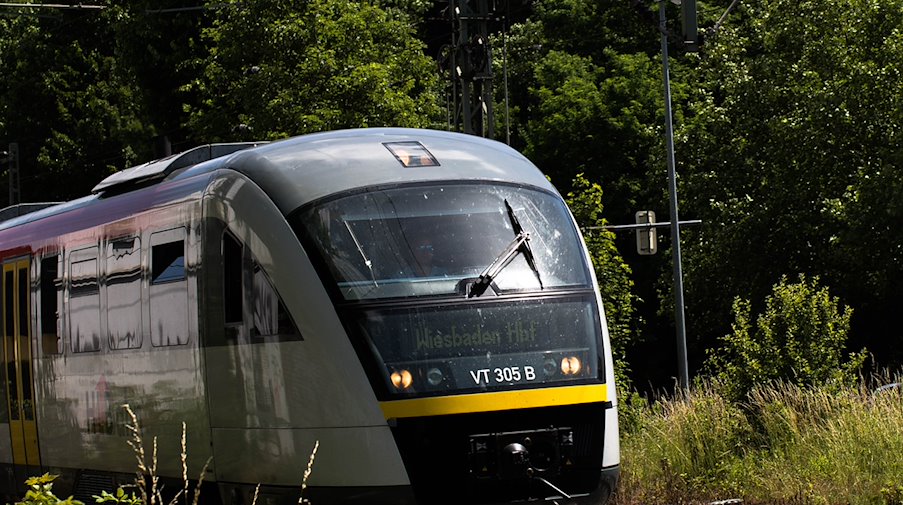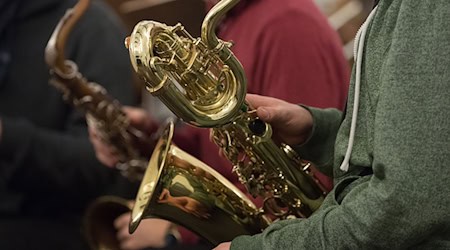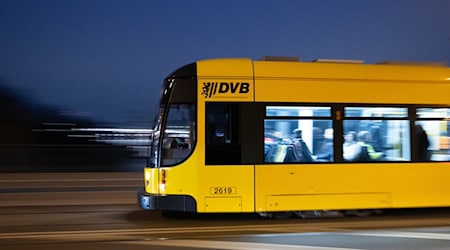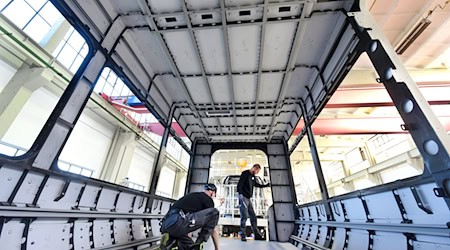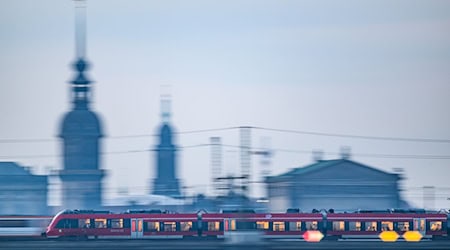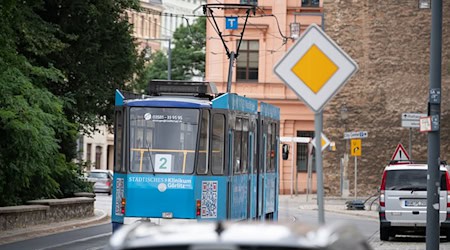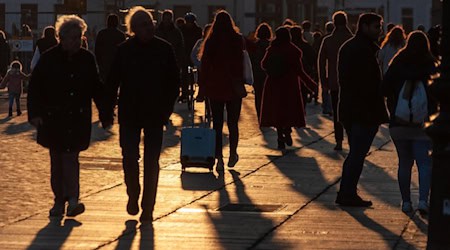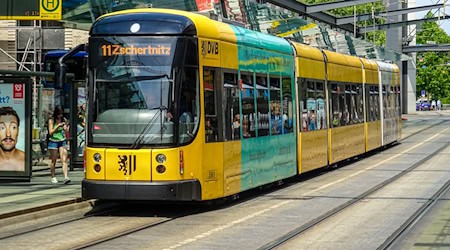The traffic turnaround is no good for an ideological dispute. It has long been taking place in major cities. Sharing e-bikes and e-scooters relieves the burden on buses, streetcars, suburban trains and subway trains, and saves on the search for parking spaces for cars. E-cars in car sharing are used so intensively that it is almost impossible to book one at short notice. Bicycles are also being used more and more to get to work. The traffic chaos in many large cities leads to such evasion strategies, which are climate-friendly.
Problems have mostly commuters. Outside many major cities, there are too few park-and-ride (P+R) lots with attractive public transport connections to city centers. In addition, public transport connections are often overloaded and unreliable during rush hour. S-Bahns in the Cologne node and S-Bahn main line Munich are just examples.
In contrast, fast and efficient local trains have long been operating between Chinese and Japanese cities with over a million inhabitants and their surrounding areas. European metropolises and conurbations with historically grown metro networks and high-performance connections to the suburbs, such as Berlin, Brussels, Helsinki, London, Madrid, Moscow and Paris, also show the trend toward urbanization.
In rural areas, on the other hand, it is more difficult to be flexibly mobile and to transport purchases and loads without a car. This has led to the vicious circle that public transport has become less and less utilized and has therefore been thinned out. This is where the traffic turnaround must start. Instead of waiting for utilization and then clock and capacities in the ÖPNV to increase, it can be correct only in reverse.
An essential task comes thereby the privatized German course (DB). In order to operate their IPO, investments from own funds in the maintenance of bridges and routes were postponed for far too long. The network was driven to wear and tear until only new construction and total renovation were possible. This is the only way to obtain federal funding. This rehabilitation backlog is now leading to collapse.
This muddled situation is not the fault of the current federal government. It has only inherited it. The megalomania of the planned initial public offering of the railroad ended in 2011, but the profit maximization of Deutsche Bahn did not end there. Now there are no reserves to not only renovate the ailing network, but to expand it. One feels reminded of the German Reichsbahn of the GDR (DR).
Blind neoliberal business economics along the lines of "privatize profits, socialize losses" has demanded that the railroad go public. Hartmut Mehdorn has driven forward the robbery of the rail network and other rail infrastructure in accordance with the order. Today, he himself says about this: "The state has criminally neglected its rail infrastructure for many years," cf. https://bit.ly/45fMmNO (URL).
Prior to this, I propose as measures for a transport turnaround:
1. doubling of expenditures for public transport and long-distance commuter traffic, i.e. systemic public transport and long-distance commuter traffic of the railroad as a task of common good of the railroad and the municipalities. This is a departure from the privatization of the railroads, which we pursued almost to the point of going public. Today it is recognized that this was an aberration.
2. Proposal to shift load traffic back from highways to rail and waterways, i.e. systemically the end of just-in-time production and instead return to load traffic on rail and water as well as warehousing.
In order to double spending on public transport and long-distance rail commuter services, thereby quickly rehabilitating the ailing rail network and increasing the frequency and capacity of public transport and long-distance rail services, additional public funding is needed. This need for funds is the legacy of the last thirty years, is now all the higher.
To shift freight traffic back from highways to rail and waterways, we need to restore the infrastructure of freight stations, freight train ramps at every station, and freight train sidings at almost all industrial plants that used to exist. This is not about loading freight cars with individual sacks of grain or tipping trucks for grain. It is about container loading on rail and waterways on a large scale and freight forwarding for the last mile. It is about the fact that freeways, freeway parking lots, freeway rest stops and freeway service stations are not being expanded further and further, but are being reduced. And it's about ending the use of professional drivers for every single truck over long distances, which can only transport the load of one to a maximum of two containers, but needs its own drive and logistics to do so.
These measures require a joint effort by all parties to adopt the legal basis and the necessary budgetary decisions. If we continue to prevent any discussion of a traffic turnaround by waging election campaigns about more or less highway expansion and parking spaces, we will miss the only opportunity for a fundamental traffic turnaround.
To the author: Otfrid white is Assessor jur., Ministerialrat a.D. and colonel of the reserve. After his administrative career, he spent 21 years in business, including 14 years at SAP, Microsoft, Vision Consulting and Deloitte.

